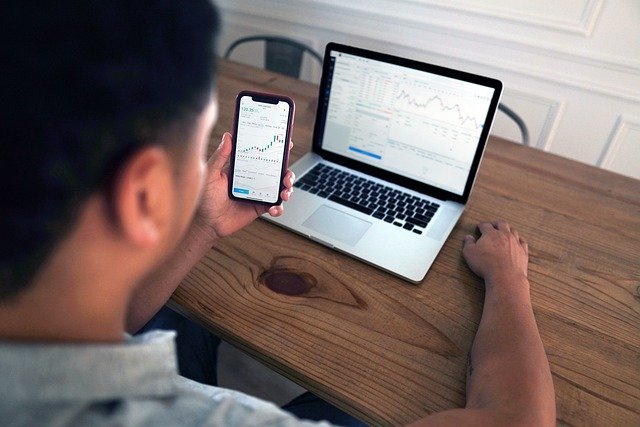Success in forex trading lies in the ability to predict movement in price. Forex traders use different tools and indicators in order to boost their chances of making the right predictions, and in turn make a profit off the trades that they make. One of the most popular technical indicators that successful traders are moving averages.
There are two main types of moving averages that one can use as far as trading is concerned. The Simple Moving Average is a true average of price movement without any form of weighting. On the other hand, the Exponential Moving Average is an average that puts more weight on recent price movements and as a result, tends to be more responsive to live price movements.
Generally, whichever average you choose to use should depend largely on your trading strategy. You can also choose to experiment with either averages and then settle on one that gives you the best results as far as your trading approach is concerned. However, whichever average you choose to use, there are a few trading tips that will help to increase your odds of success. Here is what you should know.
Use different time frames to get a clearer picture of trends
Moving averages show the average price over a given period of time. As a result, they are great at filtering out any noise that may occur as a result of overreactions. However, sticking to only one length of time can keep you from getting a clearer picture of the market. This is so because averages that take into account a longer period tend to be less responsive to live price movements,and on the other hand, averages of shorter periods tend to overlook overall price trends. Overcommitting to either period length can thus lead to missed opportunities or undertaking more risk than is worth.
As a general rule, it is always advisable that you use varying time periods when it comes to your averages. Use 20, 50, 100 or even 200 day averages to get a clearer picture of a price trend, and if you can, use at least a combination of two period lengths to decide whether to get into or exit a given position. Doing so will increase your odds of making the right trades simply because you will have more information as far as the price trend is concerned.
Customize the time frames to your trading strategy
While there are timeframes that expert traders prefer, every trader should use moving average time frames that suit their specific trading strategies. For example, day traders who prefer to make quick short term profits by using trading strategies like scalping will not receive as much value from using 200-day moving averages. This is so mainly because for such a trader, they are more concerned with price fluctuations that happen on the minute, hourly, or in the course of a day. As a result, they may find a 15-minute moving average to be more valuable.
On the other hand, a forex trader who has taken a long position with the intention of holding it for over a year may find a 10-day moving average to be less valuable. Therefore, when it comes to choosing the timeframes for yoru indicators, it is imperative that you choose timeframes that will prove to be invaluable to helping you execute a successful trading strategy.
Limit yourself to a specific set of moving averages
As a trader, you will find technical indicators to be indispensable as far as executing winning trades is concerned. Moving averages are no exception. However, having too many indicators on your charts can make it more challenging for you to process information. It can cause you to lose focus and it will in turn lead to lost trading opportunities.
If you are going to be using the exponential moving average with two time frames, one long term and the other short term, stick to those two time frames. While you may adjust the time frames momentarily when you are trying to get a clearer picture, it is always advisable to stick to using a specific set of moving averages that make sense for your trading strategy. Doing so will reduce data noise, something that will make it easier for you to be decisive when the right opportunities arise.

